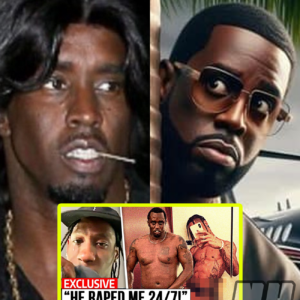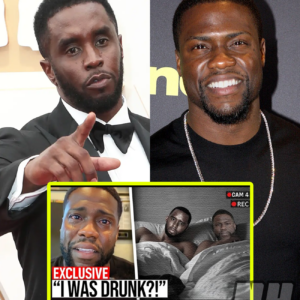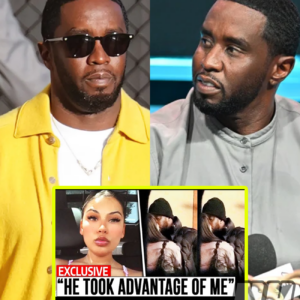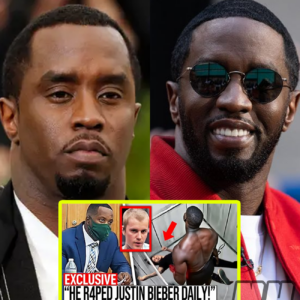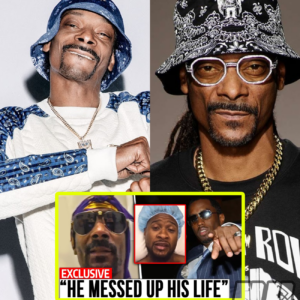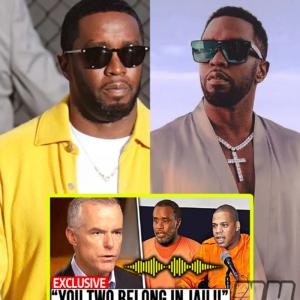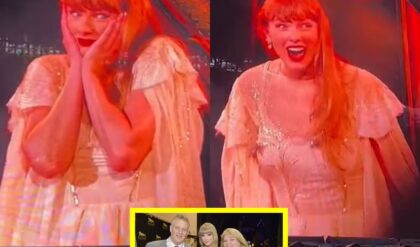Kendrick Lamar vs. Drake: The Feud That Shook the Rap World

In the ever-volatile world of hip-hop, feuds are a time-honored tradition, often resulting in some of the genre’s most memorable moments. The ongoing rivalry between Kendrick Lamar and Drake, two titans of contemporary rap, has escalated into a fierce battle of words and diss tracks, capturing the attention of fans and media alike. This feud, which has simmered for years, recently reached a boiling point, revealing deep-seated animosities and competitive tensions.
The Origins of the Feud
Kendrick Lamar and Drake were once on good terms, collaborating on tracks and acknowledging each other’s talents. However, the competitive nature of the rap industry, coupled with their personal ambitions, led to a gradual deterioration of their relationship. The turning point came when Drake and J. Cole released their collaboration “First Person Shooter,” in which J. Cole referred to himself, Drake, and Kendrick as the “big three” of rap. Kendrick responded in March 2024 on Metro Boomin and Future’s track “Like That,” rejecting the idea of the “big three” and asserting, “It’s just big me.”
Escalation and Initial Responses
The initial sparks of the feud were fanned into flames when J. Cole seemingly backed down after initially responding to Kendrick. Drake then took up the mantle, releasing “Push-Ups,” a track that mocked Kendrick’s height and criticized his collaborations with mainstream pop artists like Taylor Swift and Maroon 5. Drake’s lyrics also targeted other prominent figures in the industry, including Rick Ross and The Weeknd. This prompted Rick Ross to retaliate with a diss track alleging that Drake had undergone cosmetic procedures.
Drake’s next move, “Tailor Made Freestyle,” used AI-generated voices of Snoop Dogg and Tupac to send a message to Kendrick. The track was swiftly taken down after Tupac’s estate threatened legal action, but the intent was clear: the feud was far from over.
Kendrick’s Counterattack
Fans eagerly awaited Kendrick’s response, and he did not disappoint. His six-minute-long diss track, “Euphoria,” named after the show Drake executive produces, was a calculated move. By titling the song “Euphoria,” Kendrick ensured that searches for “Drake Euphoria” would prominently feature his diss track. In “Euphoria,” Kendrick attacked Drake on multiple fronts, especially targeting his role as a father. He also listed various grievances against Drake, painting a picture of disdain.
Drake’s reaction was swift and pointed. He posted a scene from the movie “10 Things I Hate About You” on Instagram, drawing a parallel to Kendrick’s litany of criticisms. Kendrick responded with another diss track, “616 in LA,” further deepening the rift. The track’s title and artwork sparked speculation among fans, with many believing it contained numerous references to Drake’s personal and professional life.
Drake’s Retaliation and Personal Attacks
In response to “616 in LA,” Drake released “Family Matters,” a diss track that accused Kendrick of several personal failings, including allegations of domestic abuse and infidelity. Drake questioned Kendrick’s relationship with his fiancée, hinting at unfaithfulness and a lack of commitment. These accusations were deeply personal, aiming to tarnish Kendrick’s public image.
Kendrick, seemingly prepared for this escalation, quickly released “Meet the Grams.” In this track, Kendrick accused Drake of being a negligent father and suggested that Drake was hiding another child. This claim harkened back to 2018 when Drake was exposed for hiding his son. Kendrick’s lyrics in “Meet the Grams” were scathing, alleging that Drake was repeating his past mistakes.
The Fallout and Public Reactions
Drake vehemently denied the existence of a hidden daughter, taking to Instagram to mock the accusation. Fans and critics speculated whether someone from Drake’s camp had deliberately fed Kendrick false information to discredit him. This strategic misdirection, if true, highlighted the lengths to which both camps were willing to go to undermine each other.
Kendrick’s “Meet the Grams” also included a variety of other allegations, including claims about Drake’s cosmetic surgeries and general character. Kendrick attacked Drake’s family directly, criticizing his parents and accusing Drake of unethical behavior. The intensity of the feud left fans and observers in shock, with many calling for evidence to back the claims made in the tracks.
The Strategic Use of Collaborators
An interesting aspect of the feud was Kendrick’s strategic use of collaborators. “616 in LA” was co-produced and co-written by Jack Antonoff, known for his work with Taylor Swift. This choice was seen as a deliberate move by Kendrick, given Drake’s previous disses involving Taylor Swift. By involving Antonoff, Kendrick seemed to be sending a message about alliances and industry power dynamics.
Conclusion
The feud between Kendrick Lamar and Drake has captivated the rap world, showcasing the darker side of competitive rivalries in the music industry. The personal nature of the attacks, the strategic release of tracks, and the involvement of other industry figures have all contributed to a complex and heated battle. As both artists continue to trade blows, fans are left wondering what the next chapter in this saga will bring. Will there be reconciliation, or will the feud escalate further? Only time will tell.
News
(VIDEO) Celebs that P Diddy EXPLOITED for Cash
P Diddy and the Dark Side of the Entertainment Industry The entertainment industry is no stranger to scandal and controversy, but the recent revelations surrounding P Diddy (Sean Combs) have brought to light a web of disturbing allegations and connections…
(VIDEO) Kevin Hart IN TEARS After New Leaks EXPOSE Him At Diddy’s After Parties!!
Kevin Hart: A Complex Journey Through Fame, Scandal, and Personal Growth Kevin Hart, the renowned comedian and actor, has led a life marked by both incredible professional success and deeply personal scandals. His journey from selling sneakers to becoming one…
(VIDEO) “He Ruined My Life” Former Diddy Employees TEAM UP To EXPOSE Him!
The Dark Side of Fame: Allegations Against Diddy and the Revelations from Former Employees The music industry is often glamorized for its glitz and glamour, but behind the scenes, it can harbor dark secrets and troubling behavior. Recently, Sean “Diddy”…
(VIDEO) “He’s Why Justin Bieber Is DEPRESSED!” Undercover FBI Agent EXPOSES Diddy
The Tumultuous History of Snoop Dogg, P. Diddy, and the East Coast-West Coast Rivalry Hip-hop history is fraught with feuds, friendships, and ever-changing alliances. Central to many of these stories are iconic figures such as Snoop Dogg and P. Diddy…
(VIDEO) “Diddy Did Usher Dirty Forever” Snoop Dogg EXPOSES Sean Combs!
The Tumultuous History of Snoop Dogg, P. Diddy, and the East Coast-West Coast Rivalry Hip-hop history is fraught with feuds, friendships, and ever-changing alliances. Central to many of these stories are iconic figures such as Snoop Dogg and P. Diddy…
(VIDEO) Undercover CIA Agent EXPOSES Diddy & Jay Z!
The Fall of P. Diddy: A Dismantling of Credibility and the Unfolding Legal Crisis Introduction In recent years, Sean “P. Diddy” Combs has found himself at the epicenter of numerous controversies and legal battles that have significantly tarnished his once-polished…
End of content
No more pages to load
